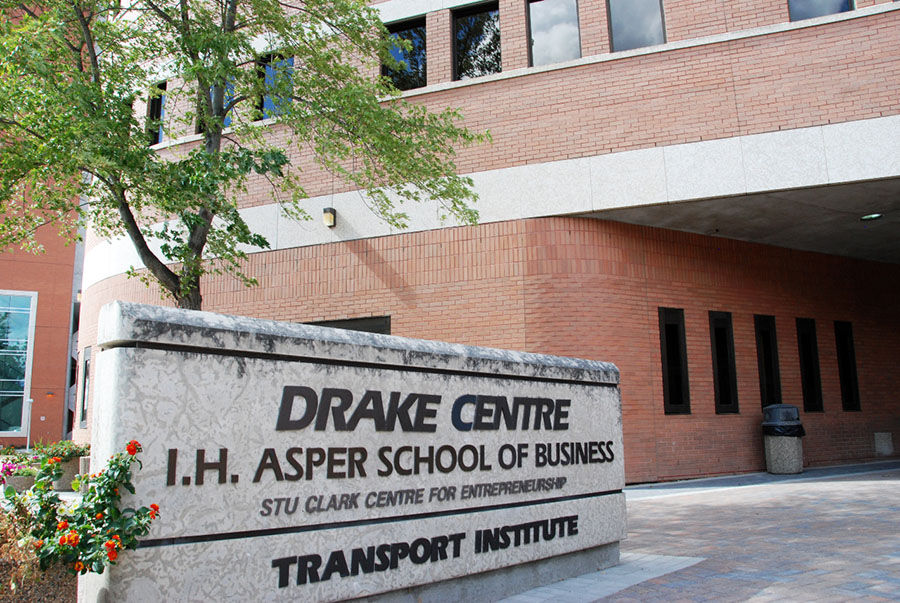
A message from Dr. Gady Jacoby: Celebrating National Indigenous Peoples Day
Join the Asper School of Business in our commitment to advancing the 94 Calls to Action
On National Indigenous Peoples Day, we celebrate the outstanding achievements of the First Nations, Métis and Inuit students, staff, faculty, alumni and community members at the Asper School of Business. It is also important to recognize that our commitment is ongoing, and we still have much work to do.
At Asper, we value inclusiveness and strive to provide a welcoming and respectful environment that honours Indigenous perspectives and embraces diversity in all its forms.
Reconciliation through Business Scholarship is one of the strategic priorities outlined in our 2019-23 Pursuing our Asper-ations Strategic Plan. This priority calls on us to develop curricula and promote research incorporating Indigenous perspectives, in addition to advancing reconciliation and mutual learning among Indigenous and non-Indigenous students, staff and faculty.
Earlier this year, we appointed Mary Jane Maillet Brownscombe as the Asper School of Business’ first Indigenous Relations Executive-in-Residence, a role that will help foster and expand awareness of the role of business in Call to Action #92, ‘Business and Reconciliation.’
In March, Asper’s Indigenous Business Education Partners and the James W. Burns Leadership Institute introduced the inaugural Emerging Themes in Indigenous Business research conference. More than 200 people from around the world gathered virtually to discuss research that explores this theme.
We are also reviewing the Asper curriculum to find ways to increase the infusion of Indigenous content within our courses. We look forward to providing more updates on this in the near future.
While we celebrate in June, we are also grieving. Last month, Tk’emlúps te Secwépemc First Nation revealed evidence of 215 Indigenous children’s remains at the site of former Kamloops residential school. Just recently, research has indicated the possibility of more than 100 graves relating to a residential school, many unmarked, could be found near Brandon, Manitoba.
Indigenous community members have long asserted that many more victims exist than previously recorded or reported and these discoveries confirm their truth-telling. We mourn with the families and communities impacted by these stolen lives and many others documented by the Truth and Reconciliation Commission, but we know that such gestures ring hollow without concrete actions that directly support the implementation of the TRC’s Calls to Action.
While we cannot erase the pain of atrocities such as these, we can observe National Indigenous Peoples Day as an opportunity to recommit ourselves toward meaningful reconciliation between Indigenous and non-Indigenous people. I encourage you to educate yourself about the traditional lands you live on and to learn about the Truth and Reconciliation Commission of Canada’s 94 Calls to Action.
Thank you, ekosi, miigwech, maarsii,
Gady Jacoby






